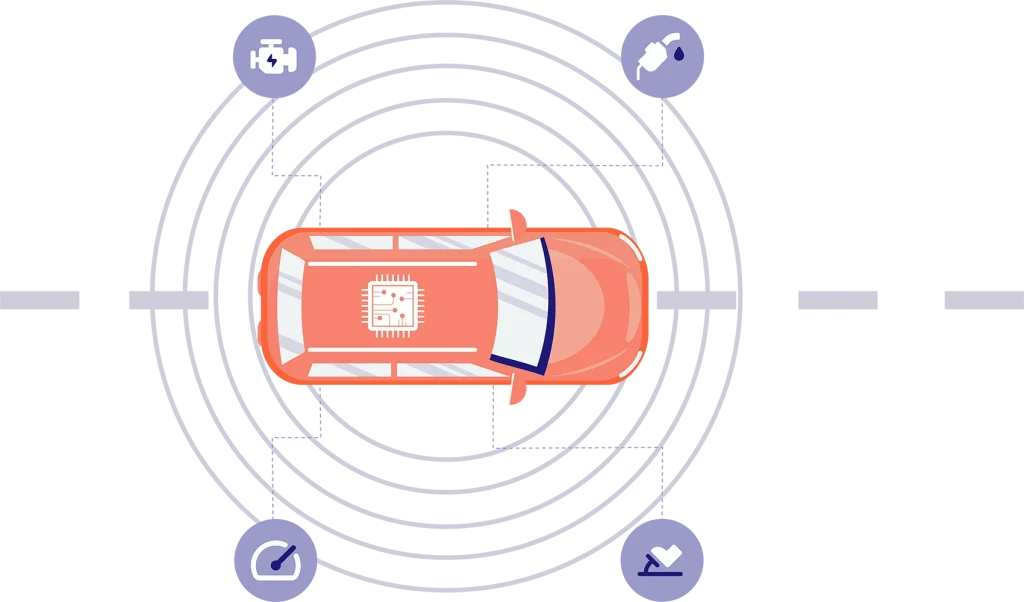Communication with various vehicle networks to access ECU information in fleet vehicles

Error code inspection & removal within Dolphin software
Error code storage in tracker or gateway memory
Troubleshooting & addressing vehicle issues
System alerts setup for error codes in the system
Obtaining parameters linked to specific protocols
With the continuous advancement of technology, mechanical controllers have gradually given way to electronic controllers. The transition is particularly evident in the automotive industry, where the number of controllers and microprocessors inside vehicles is consistently increasing. These microprocessors are managed by the vehicle's Electronic Control Unit (ECU). In vehicles, the ECU is connected to various networks, including the CAN network. To access information from the vehicle's ECU, specialized positioning equipment or Gateways are required. These devices are capable of connecting to different vehicle networks, such as the CAN network, K-Line network, and other dedicated networks. They adhere to industry standards like ISO15031 and ISO15765, enabling them to collect data from the car's ECU and transmit it to the software. The data retrieval process occurs seamlessly without any disruption to the car's performance.

Engine operating hours
Engine speed & temperature
Engine load percentage
Just-in-time performance analysis
Turbo pressure
Amount of fuel consumed
Current fuel consumption price
Fuel tank volume
Fuel consumption in different zones
Just-in-time fuel consumption
Brake pedal situation
Brake usage count
Clutch pedal situation
Gear & gearbox situation
PTO activation & deactivation
Covered distance
Vehicle acceleration/deceleration
Speed control
Aggressive driving behavior analysis
Axis position & weight
Situation of vehicle doors
Trucks useful information
Driving hours & distance
Vehicle ID